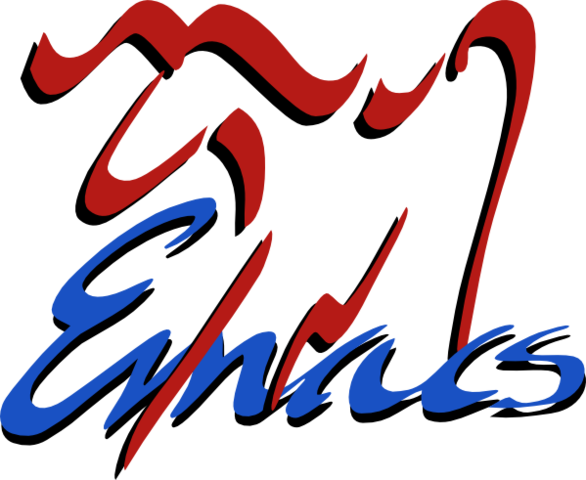So you have a rolodex like database in your Emacs, or you have this phone number in a mail and you want to call it. It happens you have VoIP setup and you’re using Twinkle to make your calls. Maybe you’ll then find this function useful:
(defun twinkle-call-symbol-or-region () "Call the phone number at point (symbol seems good enough), or in region" (interactive) (shell-command-to-string (format "twinkle --cmd 'call %s'" (replace-regexp-in-string "[^0-9+]" "" (if (use-region-p) (buffer-substring (region-beginning) (region-end)) (thing-at-point 'symbol)))))) It happens that symbol is better than word here because some phone numbers begin with +.

